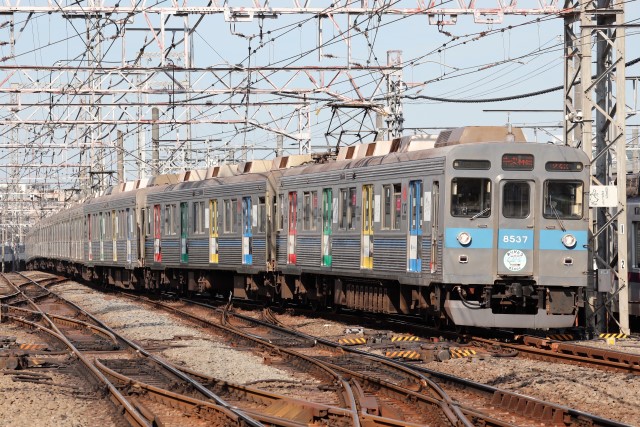I recently visited Sendai City for the first time in six years. What was new with the railways in this large city?
To start, let me quickly review Sendai City. It's situated about 350 kilometers north of Tokyo, and is the political and economic center of the Tohoku (northeast) District. As of May, 2022, it has a population of 1,096,925. Although Sendai is a densely populated city, it's known throughout Japan as a modern city in harmony with nature. The city possesses beautiful scenery, such as the Hirose River that runs through central Sendai, and the lush zelkova trees that line its streets. Greenery is especially abundant in the center of the city, which has tree-lined streets and parks. As a result, Sendai is called the "City of Trees". I lived in Sendai when I was a student, so, it's my home away from home.
I stayed at a hotel in the southern part of the city. I was very lucky as my room had a gorgeous "train view". It's located outside of the gently curved tracks of the Tohoku Shinkansen, so, I could enjoy the Shinkansen trains, which came one after another. They were high speed trains such as the EMU JR East E5 and E6 series with a maximum speed of 320 kilometers per hour. It was a nice room where I could sit on the sofa, drink a cup of coffee and watch the beautiful trains. I was very happy from day one.
To be continued...



















